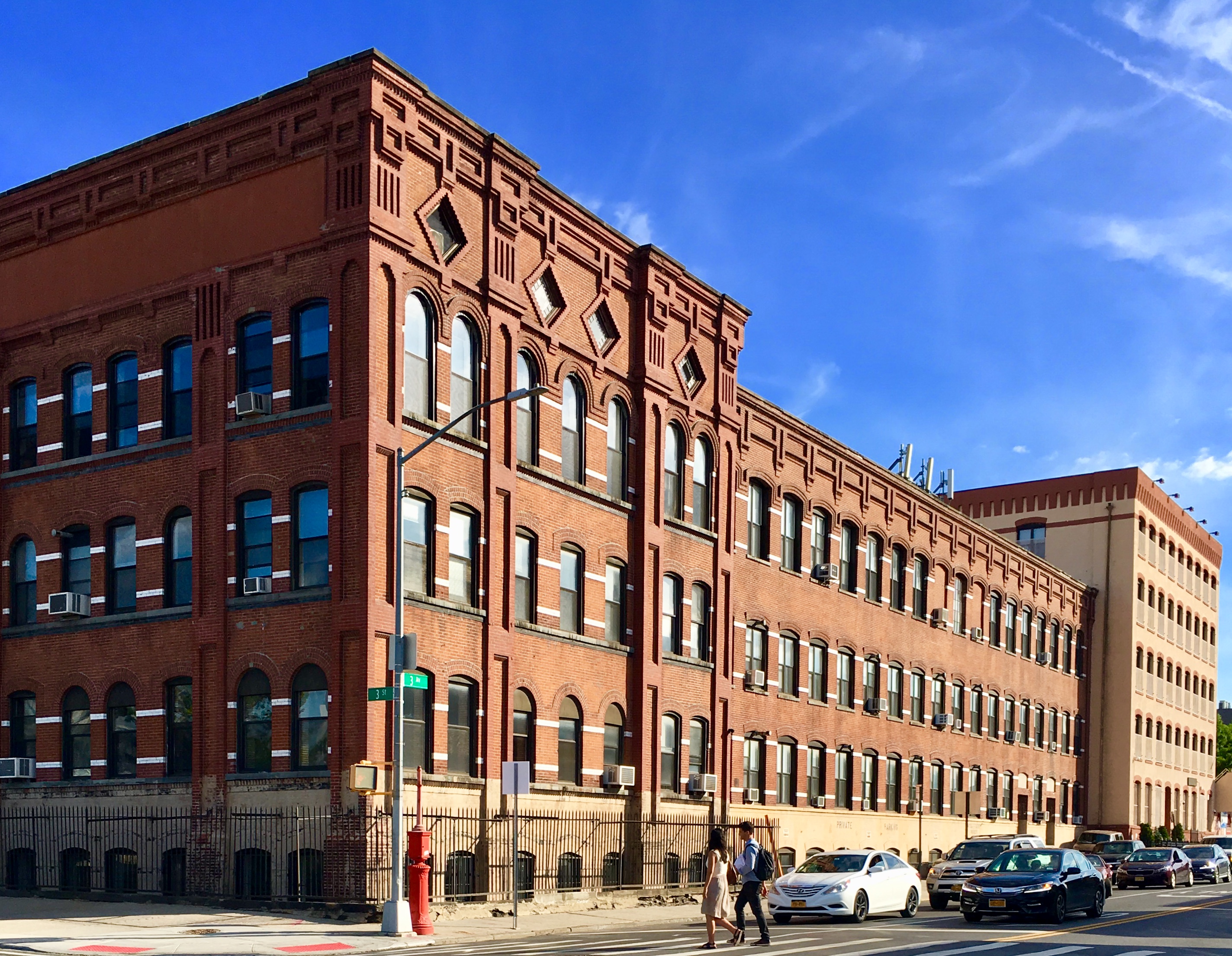City landmarks 5 Gowanus buildings, but advocates push for more

The Old American Can Factory. Eagle photo by Lore Croghan
The city Landmarks Preservation Commission designated five Gowanus buildings as individual landmarks on Tuesday, and advocates hope there are more to come.
They believe additional sites near the toxic Gowanus Canal should also be landmarked to ensure their survival as reminders of the neighborhood’s industrial past before proposed rezoning gets underway.
“Today’s designation vote is a crucial step in the process of preserving Gowanus’s important history and we are thankful to the Landmarks Commission for taking this action,” Simeon Bankoff, the Historic Districts Council’s Executive Director, told the Brooklyn Eagle. “There is still much more to be done.”
